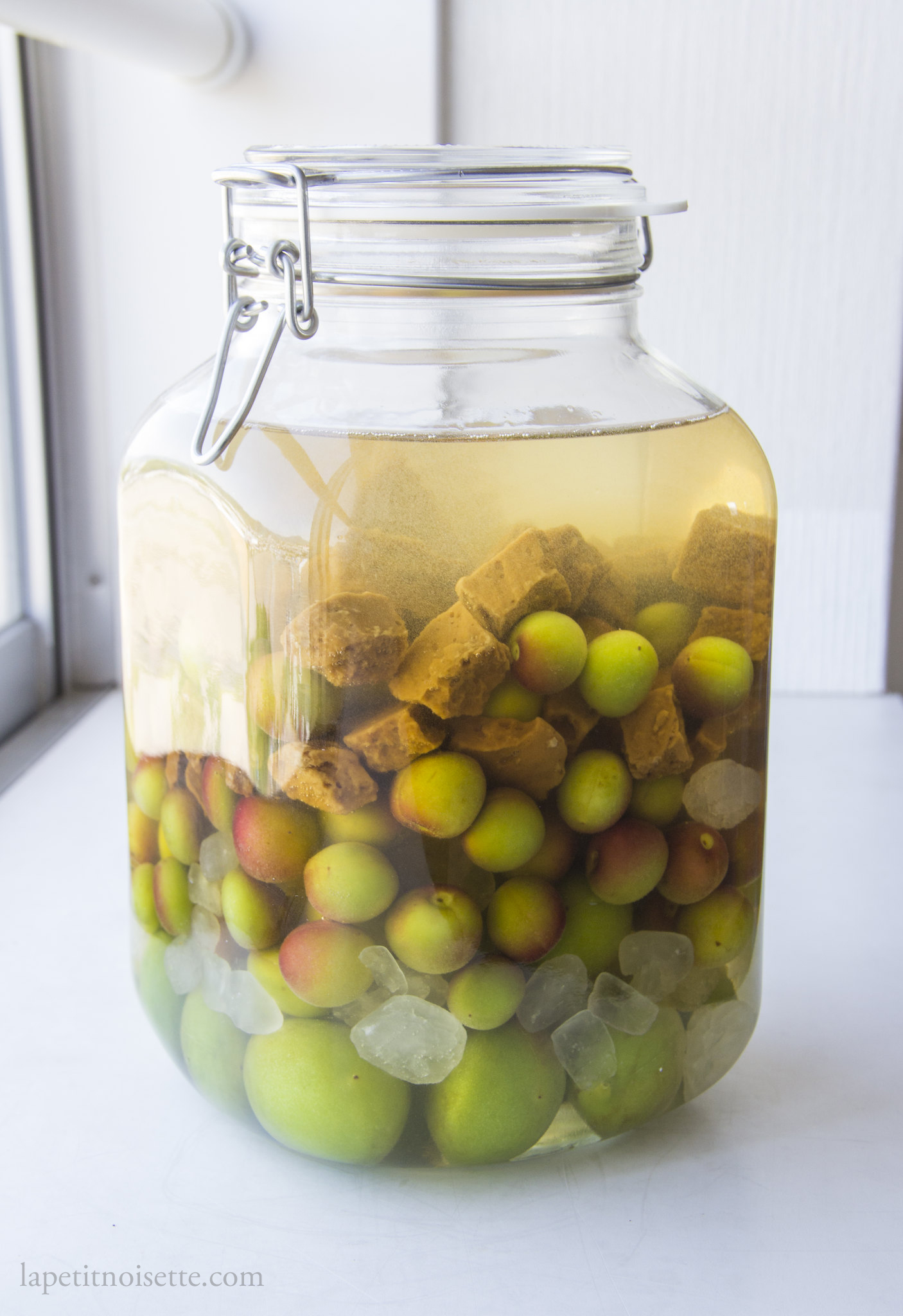
Umeshu (梅酒), or Japanese plum wine is a liquor made by steeping unripe Japanese plums (ume/梅) in fruit liquor or shochu (焼酎), kind of Japanese distilled spirit. Although called plum wine, it is technically not a wine but a flavoured liquor, as the plums do not undergo alcoholic fermentation by yeast. Umeshu is typically made in the early summer when the plums are still green and unripe. These plums are steeped in a liquor that is at least 35% alcohol along with rock sugar, for 3 to 9 months in the shade being ready to consume. According to the British Horticulture Society, these Japanese Plums (Prunus mume) are more closely related to apricots compared to what we usually call plums. They are sometimes referred to as Japanese apricots.
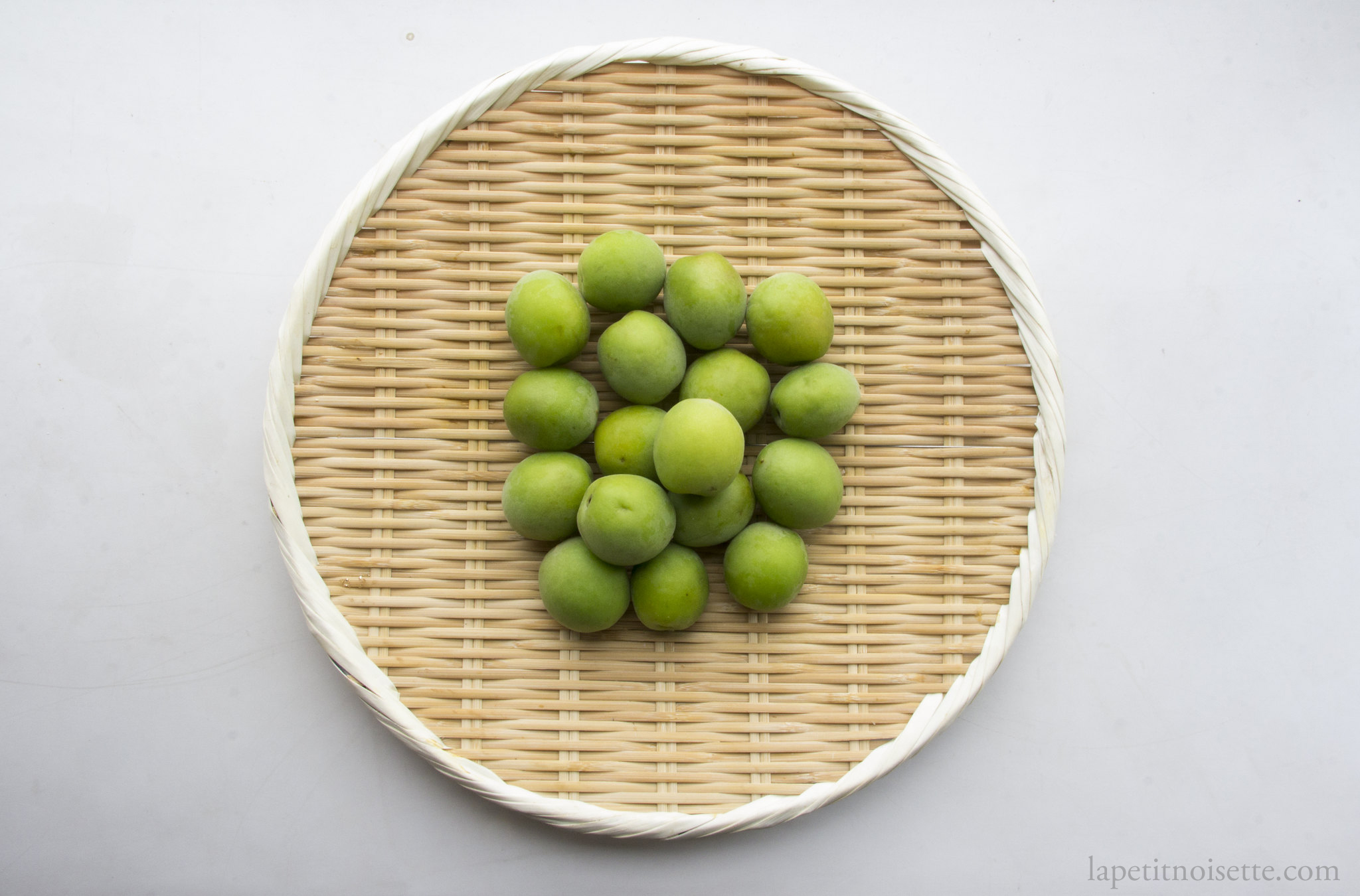
Using green and unripe plums means that the acidity from the plums are able to balance the large amount of sugar added to the wine. The high sugar concentration in the wine draws the plum juice out from the plums, flavouring the liquor. A 35% alcohol liquor is used because the plum juice will gradually dilute down the liquor to 10 to 15%. Starting with a lower alcohol percentage liquor would cause the alcohol percentage to drop too low, increasing the risk of the wine spoiling.
Umeshu can be kept almost indefinitely, with some restaurants in Japan having jars and jars of Umeshu from different years lining the walls of the bar. It is important to remove the plums from the liquor after 8-9 months if you intend to age your Umeshu. This is because bitterness from the tannins in the pits of the plums will start to leach into the wine from this point onwards, adding a bitter flavour to the wine. As the Umeshu ages, its taste mellows out and becomes less and less astringent, just like ageing a wine. It also gently oxidises as you open and close the lid, contributing to the development of flavour. The steeped plums can be used to make jam or can be eaten straight, they are sweet and tasty but can be rather high in alcohol.
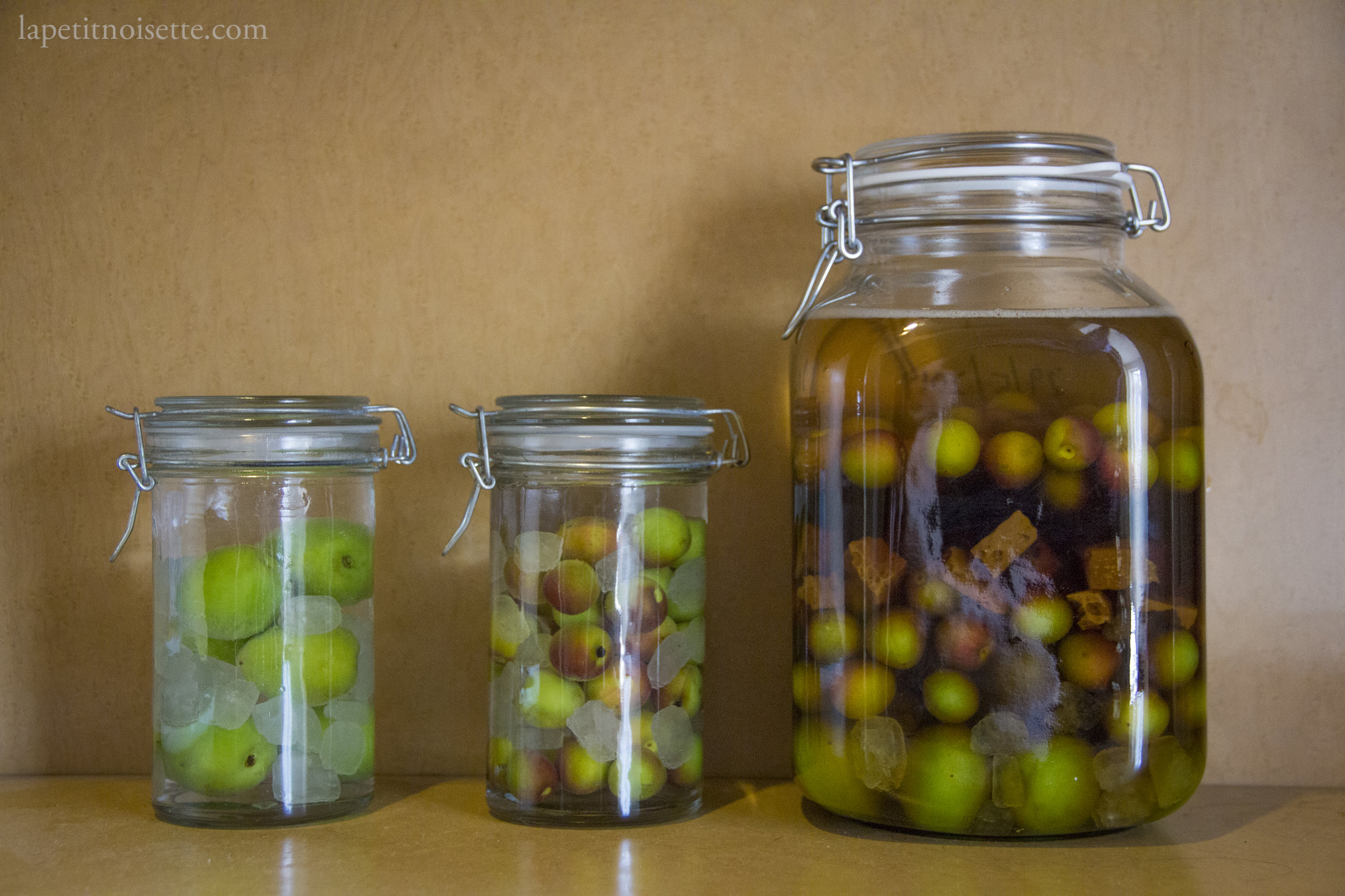
Shochu is a type of distilled liquor made in Japan fermented with the aid of Koji. This liquor can be made from sweet potato, barley or rice. After the final distillation, most Shochu tends to be around 25% alcohol in strength. It is possible to find Shochu above this level of alcohol but it isn’t so common (in Japan at least). As the recipe requires a liquor of at least 35% alcohol, most people in Japan use a neutral and plain liquor called fruit liquor or white liquor (ホワイトリカー). This liquor can be used to make all sorts of fruit wines including plums wine. As it is fairly neutral, it allows the original characteristics of the fruits to show through. Feel free to use vodka or any spirit of choice you can find.
The standard recipe for making Umeshu in a 3 litre jar is:
- 1kg of Green Unripe Plums
- 800g of rock sugar
- 1.8 Litres of at least 35% ABV Shochu or Liquor
During the season for making Umeshu, large 3 litre glass jars with a red plastic lid start to be sold in most supermarkets specifically designed for making Umeshu. This standard recipe above can be found attached to the jars and sometimes bags of plums you can buy. Here, I attempt a variation of this recipe.
Whilst most recipes use completely green and unripe plums, I use a mixture of large unripe plums and small semi ripe plums. The small semi ripe plums, contribute more flavour as they are riper, while also adding less acid to the wine. These semi ripe plums are easier to bruise compared to the hard green plums so more care should be taken when handling them.
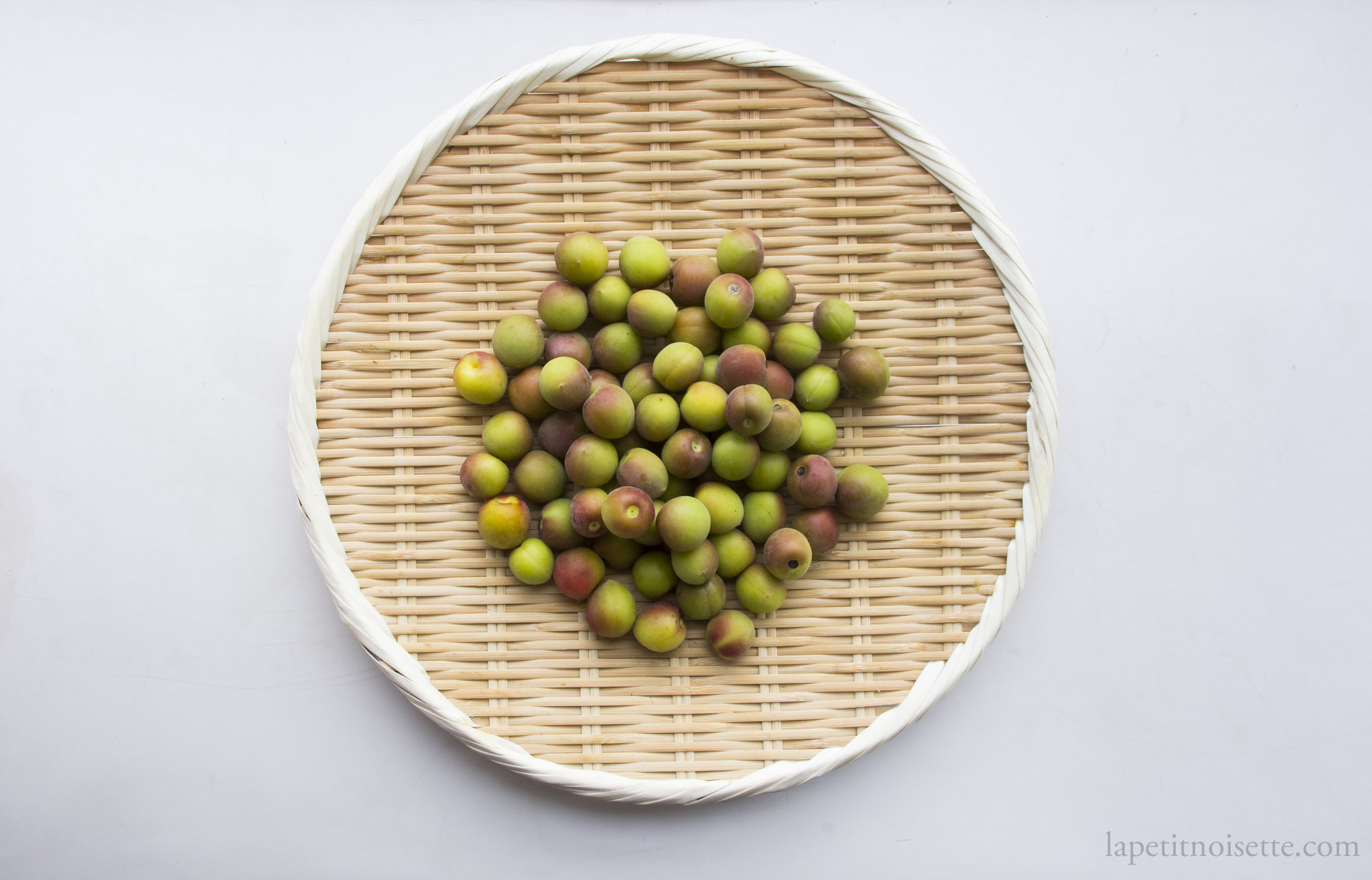
Rock sugar is used to make the plum wine as it slowly dissolves over time, mixing into the flavour of the wine. Granulated or powdered sugar on the other hand, would just sink to the bottom and not work as well. If you cannot find rock sugar, it is possible to use granulated sugar but you would have to shake the contents of the jar every day for a week and then maybe once a week after that, which you might find to be too much of a hassle. I’ve heard this works and have never tried it myself.
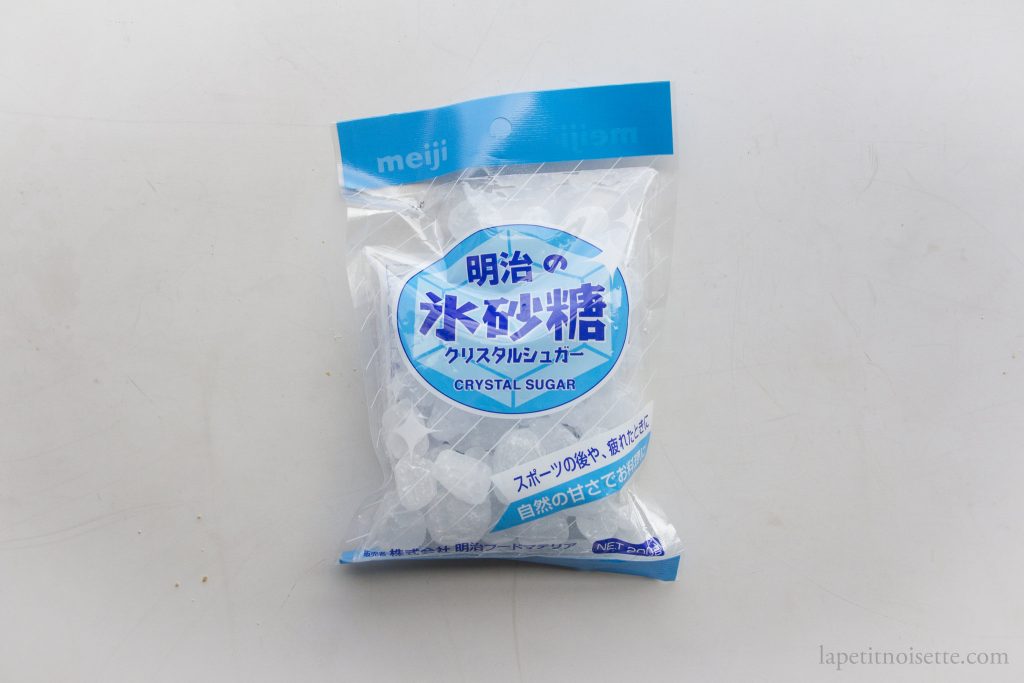
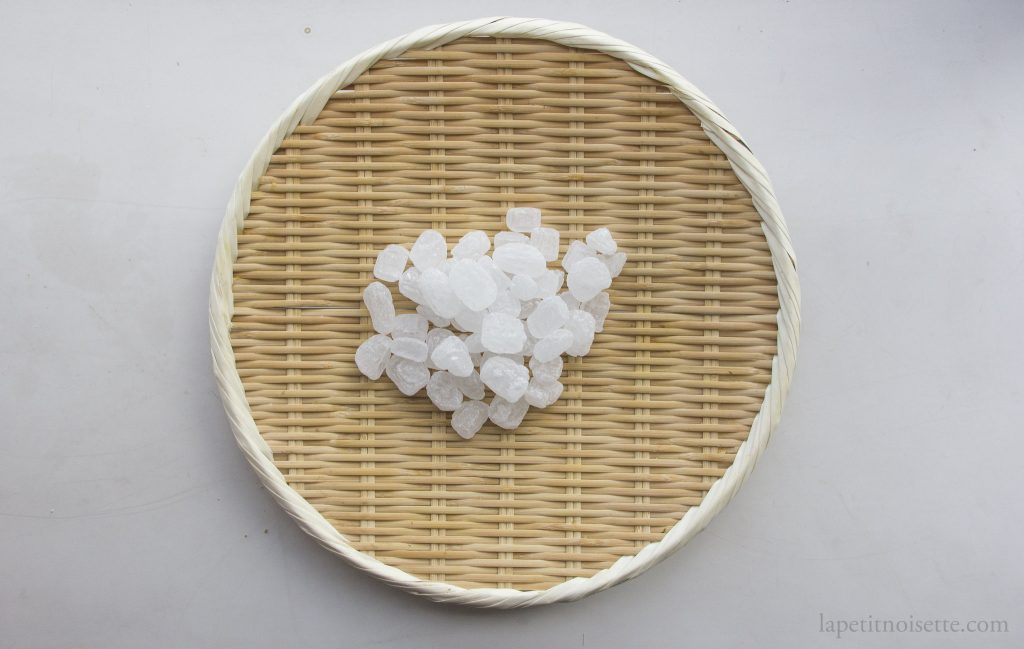
Instead of white rock sugar, I replace half the sugar with Okinawa black sugar. Black sugar has been made in Okinawa since the 1600s and has become one of the prefectures most famous products. It is made by boiling sugarcane juice for hours and hours under low heat, allowing it to gently caramelise until it becomes a dark black. The now black syrup is allowed harden into large dry sugar blocks which are then cut into smaller pieces. This is different from the typical brown sugar we find in a supermarket that just has molasses added to it to make it brown. This sugar is suppose to be healthy for you as it contains a lot of minerals, but I personally feel as though the mineral content and percentages in the sugar are probably too low to make a significant effect on your health. This sugar is however, sometimes eaten as a sweet, just like sucking on a sugar cube, but with a much less sweeter taste and a much more caramel like flavour.
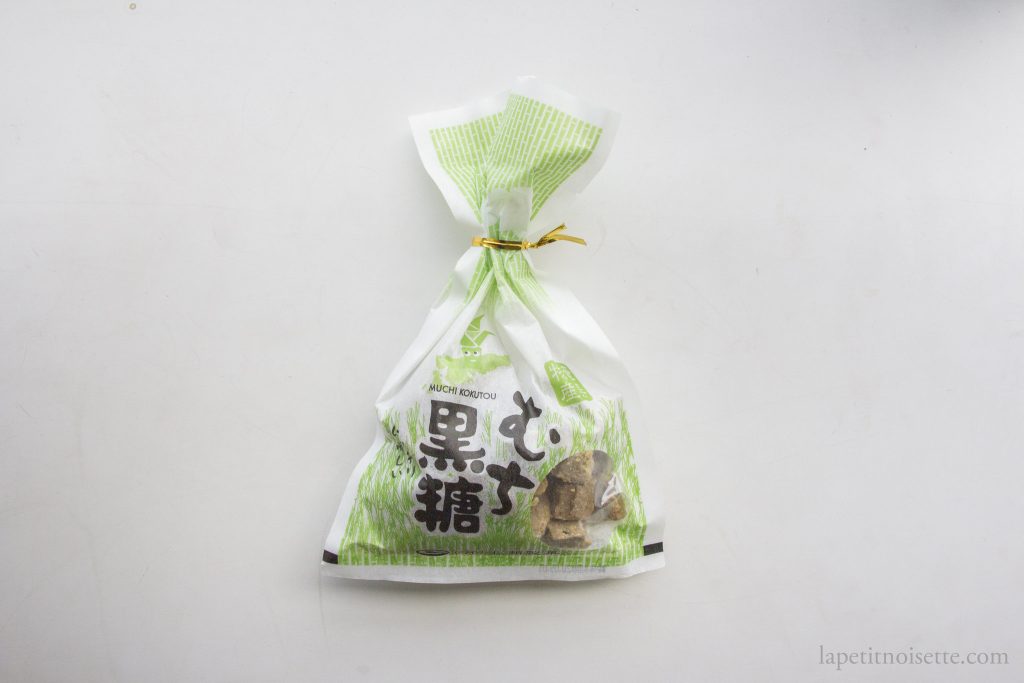
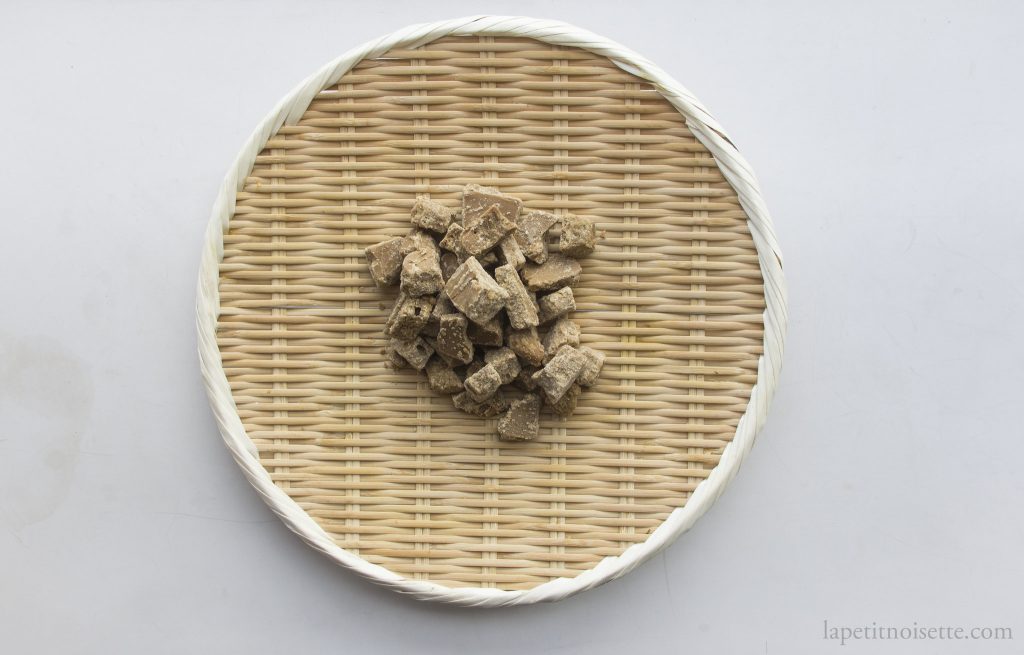
Sweet potatoes are grown all over Kyushu Island and thus sweet potato Shochu (芋焼酎) is fairly common, especially in Kagoshima and Miyazaki prefecture. In fact, a sweet potato Shochu made in Kagoshima known Satsuma Shochu (薩摩焼酎) has its own geographical indication. In this recipe, I use Kirishima’s (霧島) red sweet potato Shochu, made in Miyazaki Prefecture. It is a Shochu made from Murasaki Masari Sweet Potatoes (Beniimo/紅芋) and fermented using black Koji. I used this Shochu because I wanted a more complex final plum wine rather than just a simple plum wine made from neutral liquor.
The alcohol percentage of Kirishima’s red sweet potato Shochu was only 25% and not high enough. Therefore, I used a rectified spirit from Poland (Spirytus Rektyfikowany 96%) to boost the alcohol percentage up to 35%. Please make sure you use alcohol fit for consumption as most spirits so high in alcohol content are not fit for drinking and can kill you. This is especially true for bottles labeled 99% or 100% alcohol as the processes required to concentrate alochol to such high percentages will kill you.
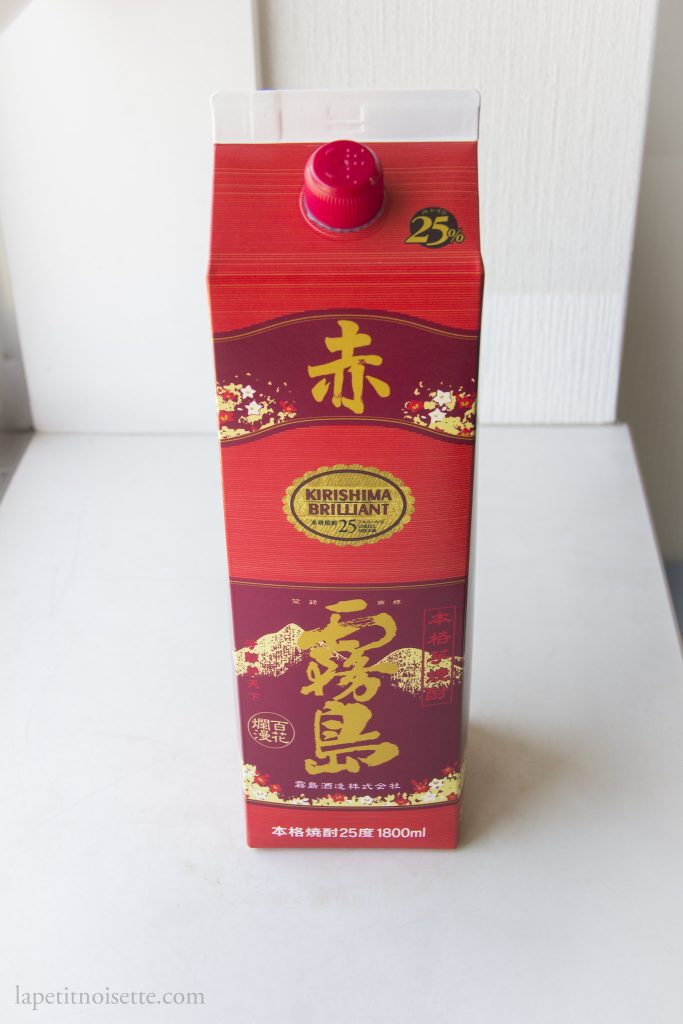
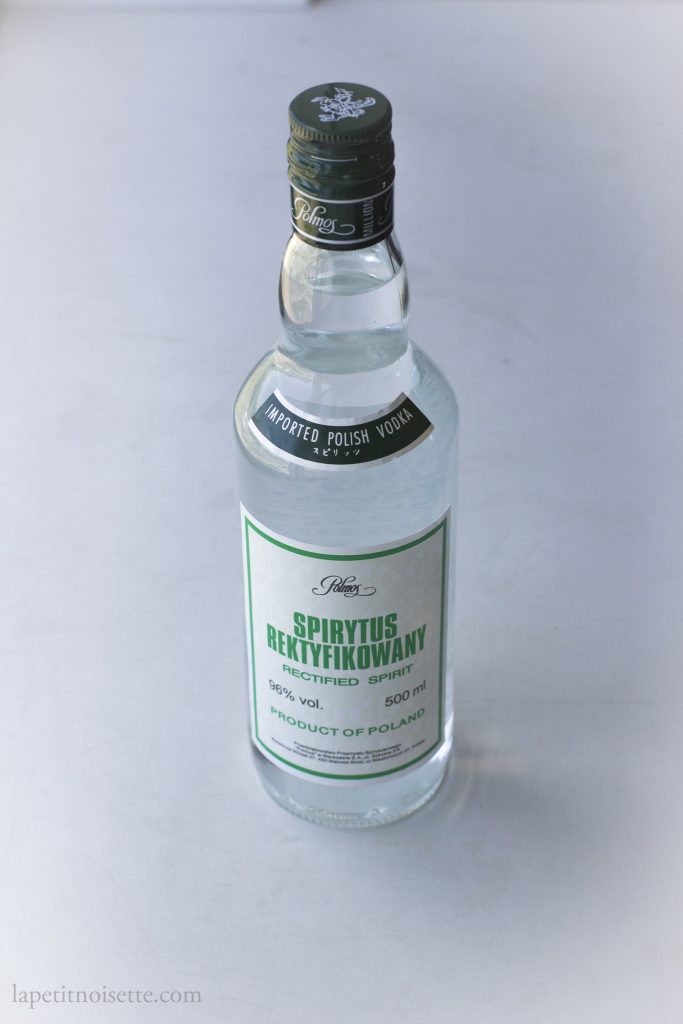
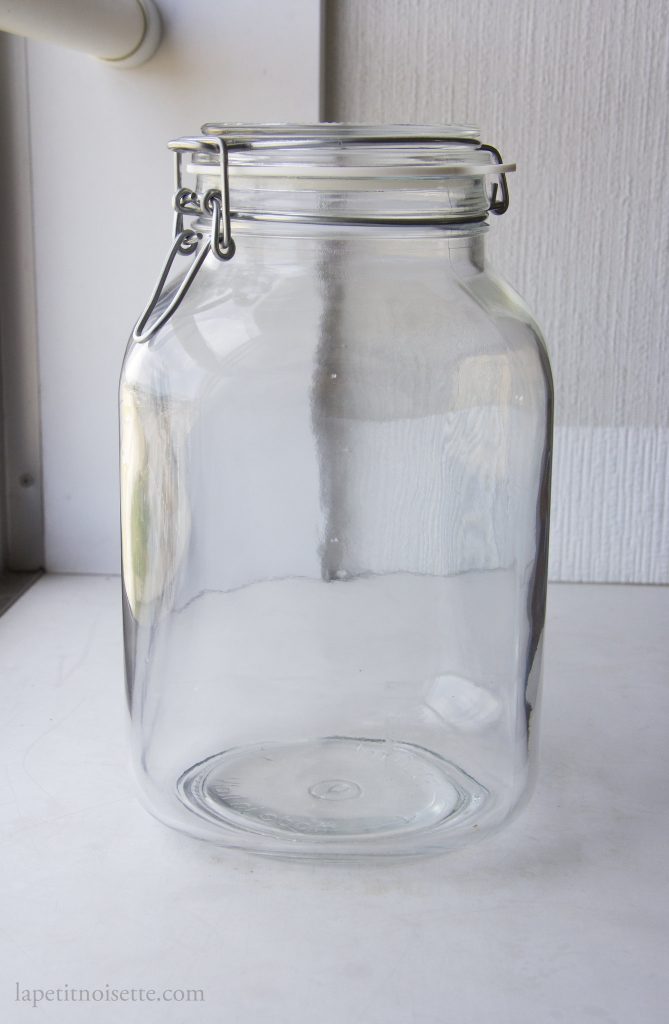
Okinawa Black Sugar Umeshu ((沖縄の黒糖梅酒) Recipe:
- 500g of Large Green Unripe Plums
- 500g of Small Semi Ripe Plums
- 400g of white rock sugar
- 400g of Okinawa black sugar
- 1600ml of at least 25% ABV Shochu
- 200-250ml of 96% ABV Rectified Spirit
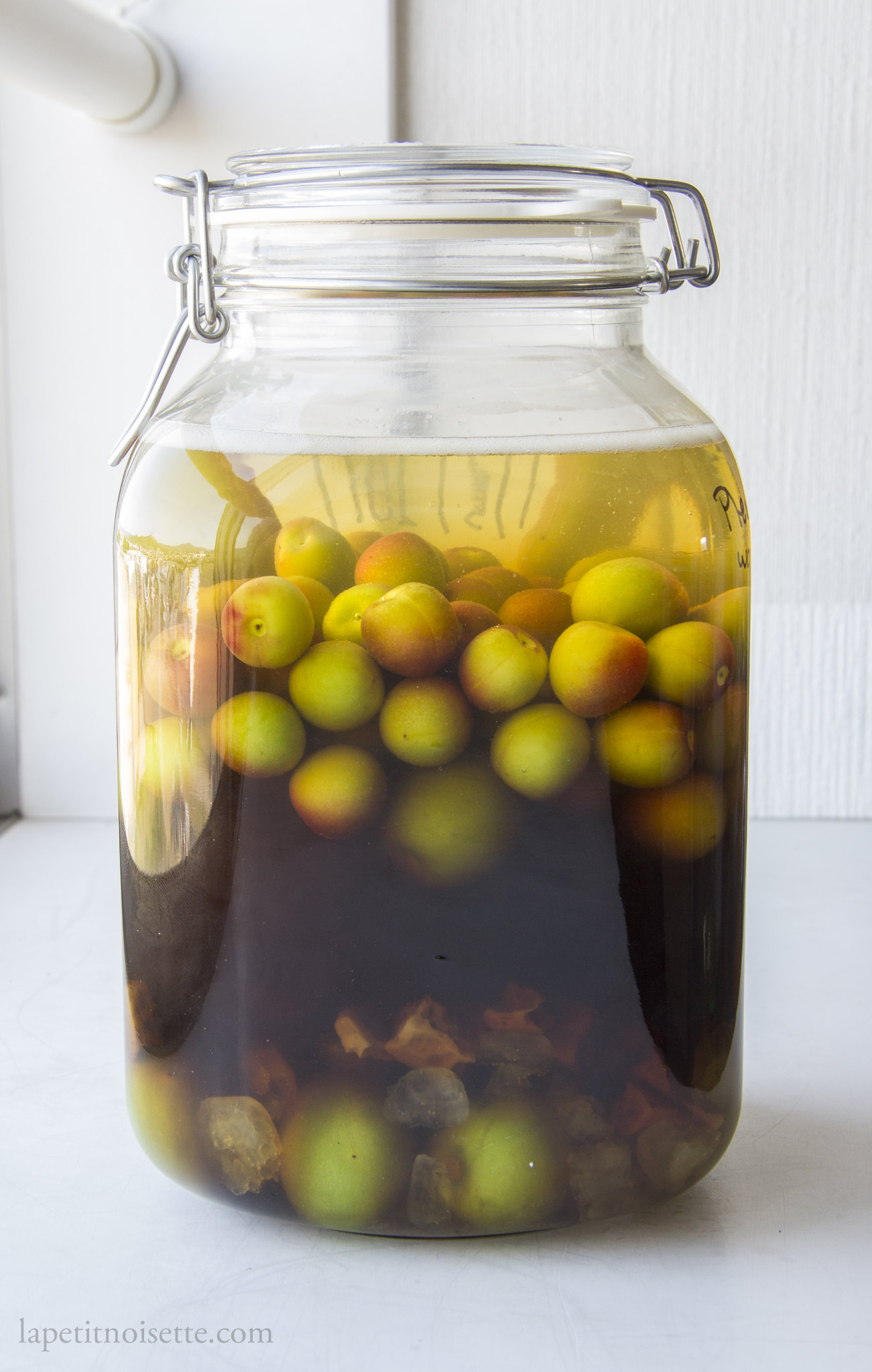
- Check the quality of each individual fruit, remove any fruits that are bruised or starting to rot as they risk ruining your entire batch of wine.
- Carefully use the tip of a paring knife or a toothpick to remove the ends of the stems on the tip of the fruit. This should be easy to do.
- Wash the plums in cold water to remove any dirt on them. Be careful not to bruise them while washing.
- Pour about a tablespoon of the rectified spirit into the jar and use a clean cloth to wipe down the inside of the jar. This step sanitises the jar.
- Add in a layer of the large plums at the bottom followed by a layer of white rock sugar. Repeat with the small plums and black sugar until everything is in the jar.
- Mix the rectified spirit and Shochu together before adding to the jar.
- Leave in a cool, shady spot for 6 to 9 months before drinking.
- After 9 months, strain out the plums.
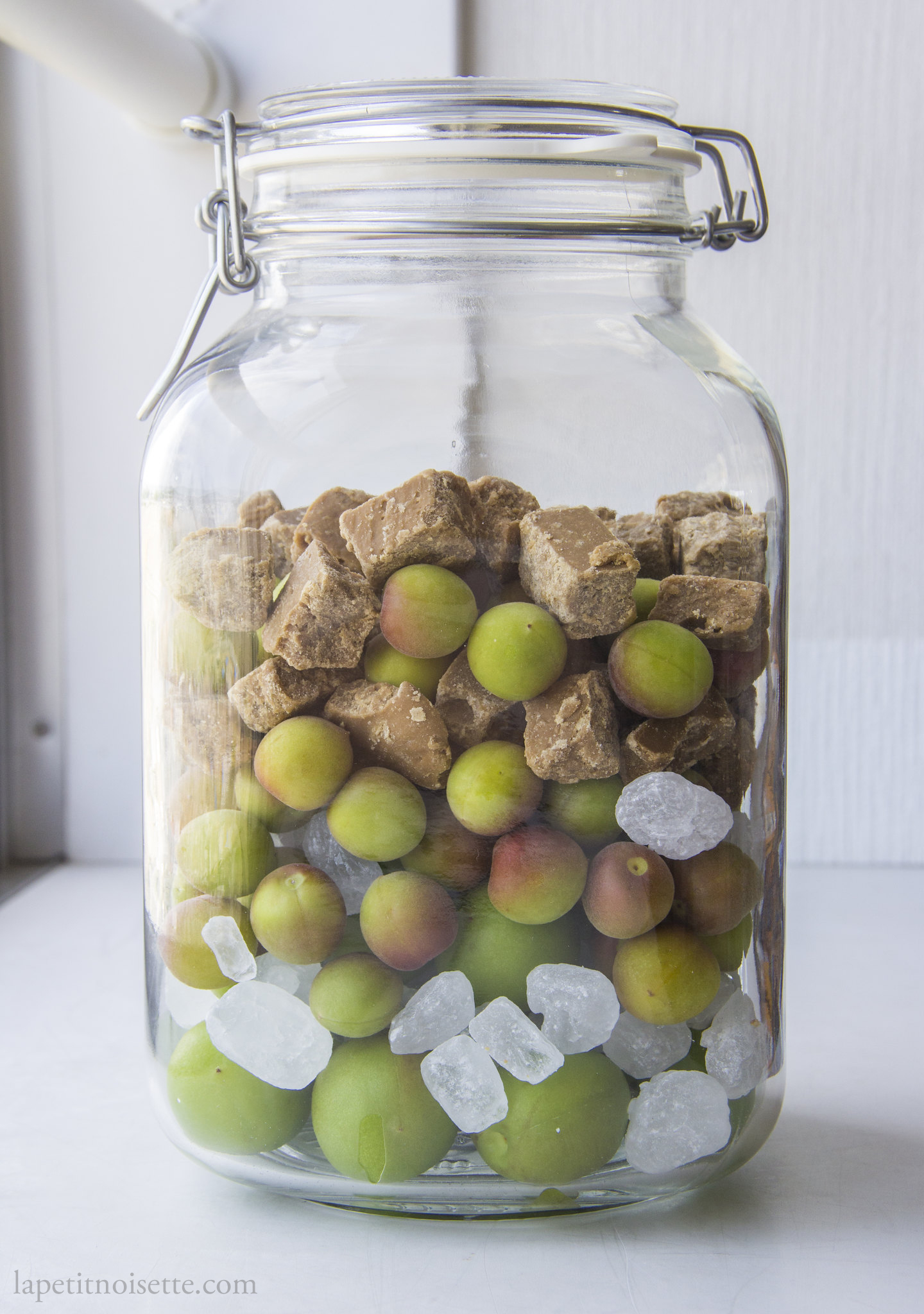
Notes:
- Some recipes says to soak the plums overnight to remove some of the astringency in the plums but the plums also absorb water over time which will dilute the final taste of your product so a quick wash will do.
- The plum wine can be drunk after 3 months but 6 to 9 months is more ideal flavour wise.
- Dirt gets easily trapped in the stem ends on the fruit which might contaminate the wine, which is why we remove them.
- Do not make this recipe in a plastic jar as the alcohol will dissolve the jar slowly and you’d end up drinking some plastic.
- I layer the large plums at the bottom as not the crush the small plums. I also layer the black sugar on top of the white sugar to allow it to sink and mix with the white sugar at the bottom as it slowly dissolves.
- Sunlight causes the plums to degrade faster than you’d want, giving the plum wine an off taste, which is why a cool shady spot is recommended.
- Do not sanitise the jar using hot water and the standard umeshu jar you can buy in Japan is not made from glass that is designed to withstand high temperatures.
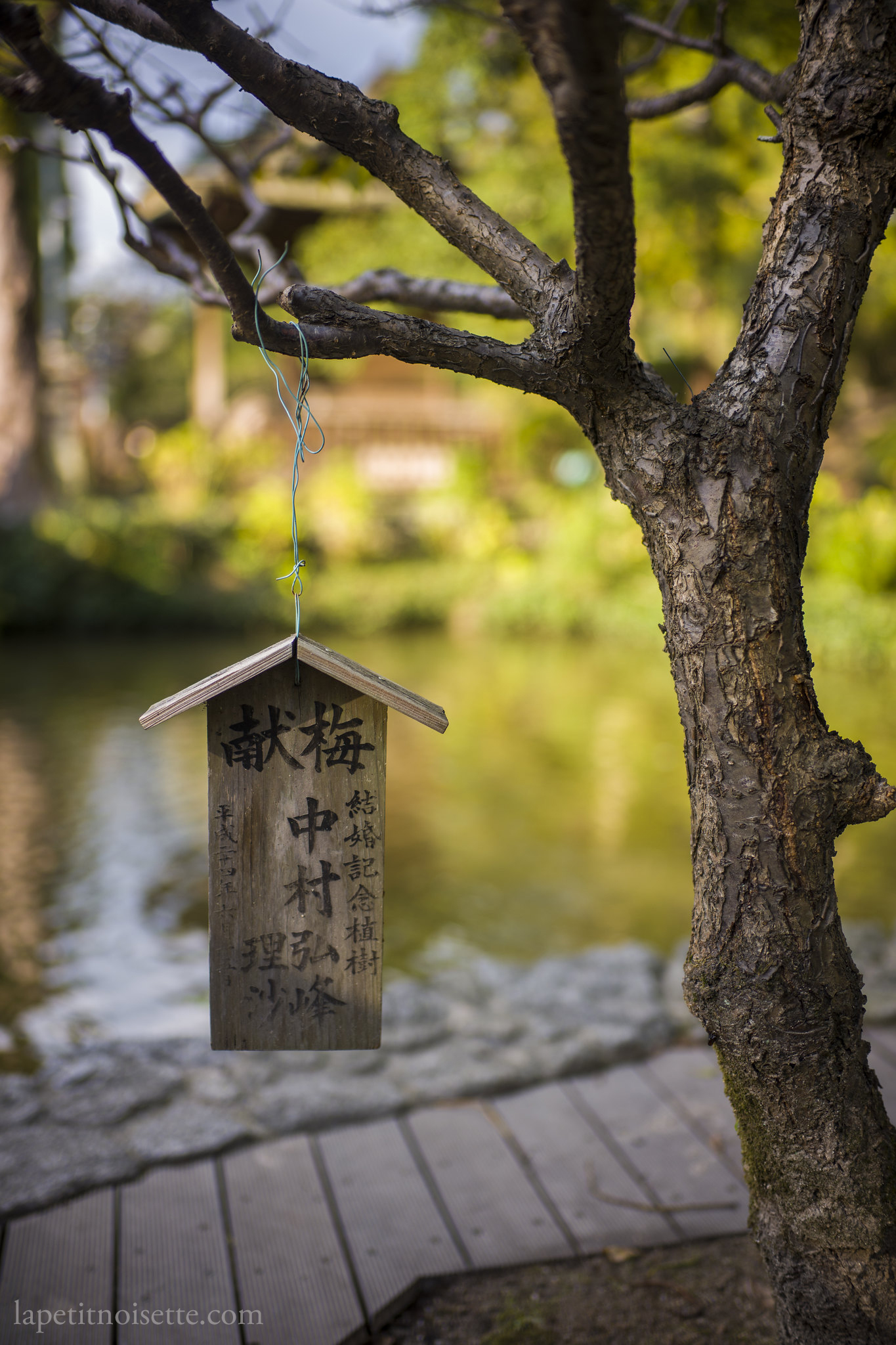
Tenmangu (天満宮) shrines are Shinto shrines dedicated to the spirit of Sugawara Michizane, a scholar of the Heian Period is associated with Tenjin (天神), the Shinto deity of education. Sugawara Michizane passed away in Dazaifu (大宰府), Fukuoka in the year 903. Coincidentally, the main downtown area of Fukuoka city is named Tenjin, with Dazaifu Tenmangu in Fukuoka being is the second largest Tenmangu Shrine after the one in Kyoto. Sugawara Michizane was said to be fond of plum trees and the shrine has over 6000 plum trees on its grounds, with the one on the right of the main hall supposedly accompanying Sugawara Michizane all the way from Kyoto.
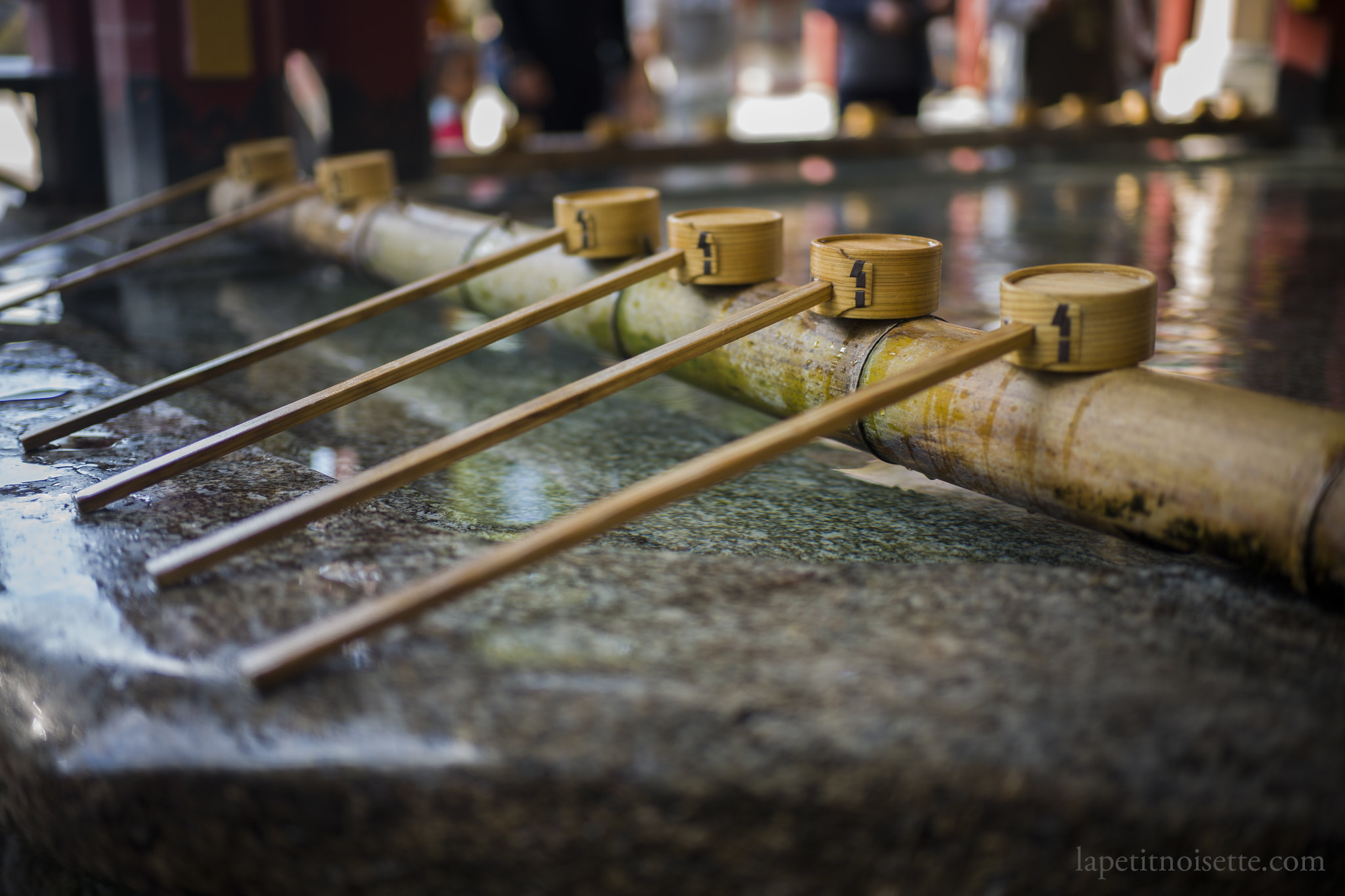
This post is dedicated to the person who visited Dazaifu Tenmangu with me on new years day. Maybe the next time we meet up, the Umeshu will be ready to be drunk together!
Unbeknown to you, those months we spent together just messing about in that makeshift kitchen with a temperamental oven, allowed me to start to understand why I wanted to cook in the first place, which ultimately gave me the courage to finally step back into the kitchen. Thank you, it’s hard to describe how much it means to me.
Wow that was odd. I just wrote an really long comment but after I clicked submit my comment didn’t appear. Grrrr… well I’m not writing all that over again. Regardless, just wanted to say wonderful blog!
Thank you so much! 🙂
Thank you so much for sharing the recipe! I just followed it to make my first black sugar umeshu. I see a lot bubbles on top, is that normal? Do I need to remove them? If so, how often? Thank you!
Hello! Some bubbles on top at the beginning is very normal but they should subside pretty soon so don’t worry about removing them. As long as you used a high enough percentage of initial alcohol to begin with you don’t need to worry about it going back so long as the plums are fully submerged in the alcohol! Tell me how it goes. You can tell you’re on the right track when the plums start to shrivel up in a couple of weeks time and then sink to the bottom. 🙂
Thank you so much for your reply. I noticed that all the bubbles were gone a few days later. And you’re right, the plums started to sink to the bottom now 🙂